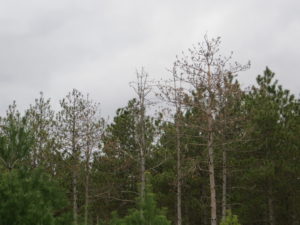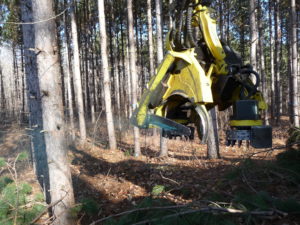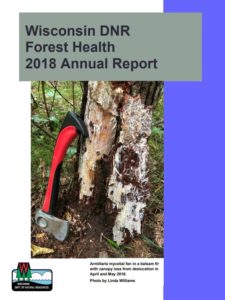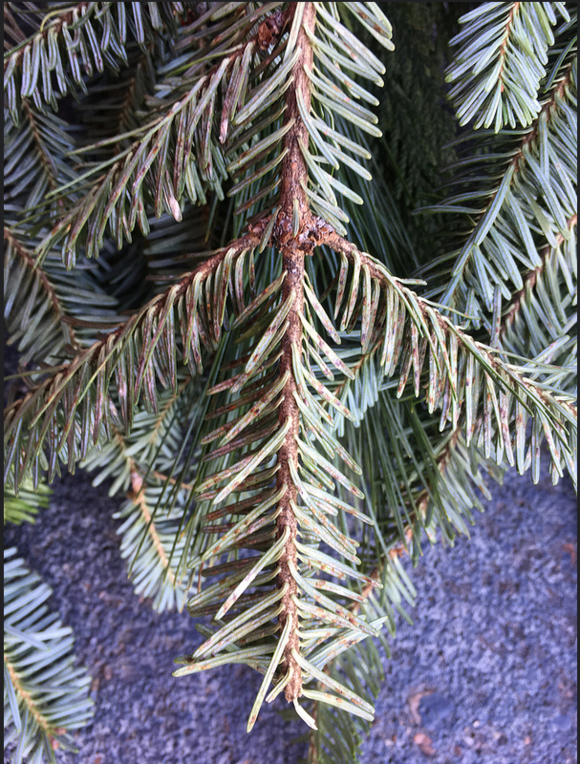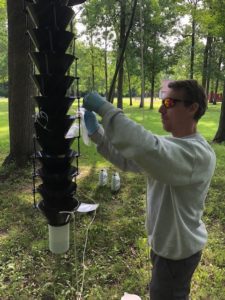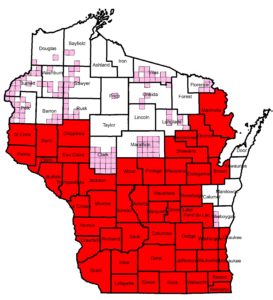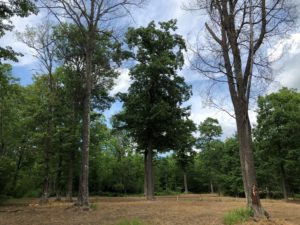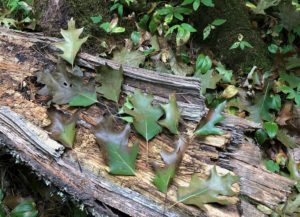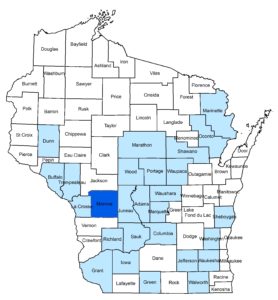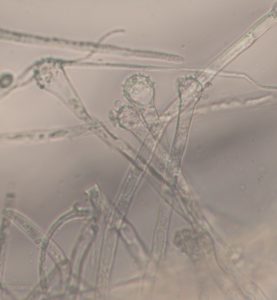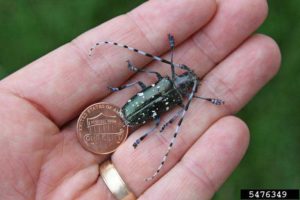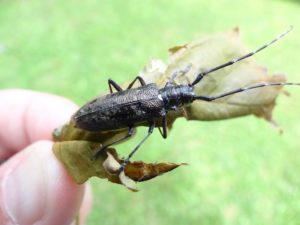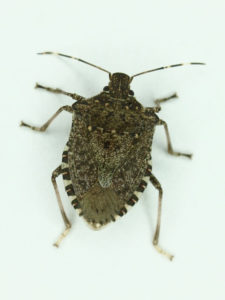By Bill McNee, forest health specialist, Oshkosh, Bill.McNee@wisconsin.gov, 920-360-0942.
The Wisconsin Department of Natural Resources has released updated guidelines to aid woodland owners and managers in managing ash stands in light of the invasive emerald ash borer (EAB). The guidelines that became effective on January 1, 2019 reflect new research, increased pest detections and the anticipated transition to a statewide EAB quarantine (which occurred in March 2018).

Landowners should work with professional foresters to make management decisions related to EAB on their land.
The silvicultural guidelines are intended to help make informed stand-level decisions regarding management of stands that are not yet infested by EAB and stands that are already impacted by the tree-killing beetle. They should be used along with other materials, including best management practices and other guidance documents, to develop appropriate management plans.
The revised guidelines include recommendations to:
- Implement management plans as soon as practical, across all of Wisconsin, to reduce a stand’s ash component to no more than 20%. More management options are likely to be available by taking immediate action
- Review existing management plans to determine if they need revision due to changes in EAB distribution, stand condition, market prices, etc.
- Diversify woodlands with site-appropriate tree species
- Utilize merchantable ash before trees are infested or killed. It may be appropriate to retain some live ash on site for ecological benefits, species diversity, wildlife habitat, temporary cover or seed production
The guidelines also place a greater emphasis on assessing stand and site conditions before making management decisions. The document offers stand management alternatives for both upland and lowland stands, while recognizing that conversion of lowland ash stands to other forest types will be impractical in many cases.
If you would like more information about emerald ash borer or these guidelines, visit the DNR EAB webpage or talk to your regional forest health specialist.

